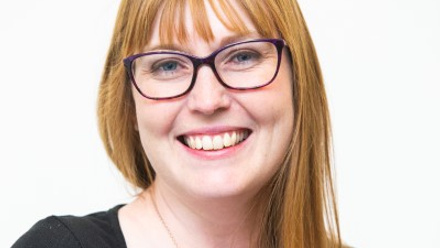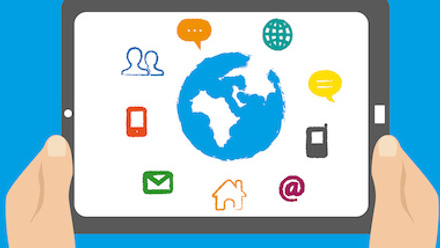The EAP is no longer a standard benefit – it is a pillar of organisational resilience

While work and home routines fell apart and the stresses and uncertainties multiplied, EAPs were always there, taking on extra workloads and delivering a constant flow of professional advice to help keep people in work and performing at their best.
Changing the delivery of counselling work
But making it happen wasn’t a flick of a switch for EAP providers. Covid-19 meant a step change to provide counselling without walls, moving long-established services online, by phone or messaging. The urgent need to maintain continuity of counselling offerings for existing and new service users meant an immediate demand for capability among counselling professionals and acceptance among users.
Before the crisis, around 80% of counselling work was face-to-face. From March 2020, 92% of counsellors were delivering sessions by telephone; 86% were using video; 6% e-mail; and 5% electronic chat, according to EAPA research.
Feedback from EAP professionals has signalled long-term changes to the counselling landscape as a result of the pandemic experience. More than half of counsellors (58%) said they will be formalising video counselling as a new offering, and 45% telephone counselling. Rather than an end to face-to-face counselling, the future will be about having more flexible and blended offerings, more choice to suit individual customer circumstances.
Stepping into the void
The usage levels of EAPs fluctuated dramatically over the course of different phases of the crisis. The industry saw the lowest usage days ever reported as well as the highest peaks. Services coped – teaching providers to expect the unexpected and remain flexible in order to meet a wider range of usage demands.
A bigger lesson was how EAPs, in periods of public emergency, are needed to fill in the gaps when public sector services are overstretched or unable to operate. Up to 20% of adults in the UK are expected to need mental health support in the coming year, says the Centre for Mental Health: 8.5 million people are dealing with depression, anxiety and PTSD.
UK business were already asking for EAP services that extended the usual counselling provision to medium and longer term provision. There are now EAP suppliers with services offering a 12-month commitment to ongoing support to service users.
The pandemic period has underlined the critical importance of EAP awareness. A survey by Aetna at the end of 2020 argued that while 70% of organisations worldwide believed they were providing "good access to programmes to support health and wellbeing", only 23% of their employees agreed. Even through the Covid-19 situation and more explicit and universal need for support, EAPs continue to be an example of a 'hidden' benefit, seen as a last resort, the 'crisis line’.
Our analysis of return on investment (ROI) from more than 2,000 calculations suggested that for every £1.00 spent on an EAP in the UK, employers see an average ROI of £7.27 from reduced presenteeism, absenteeism and staff turnover. The figures confirmed that employers who are committed and engaged with their EAP – looking to find ways to promote services, ensure people have support – have higher usage and higher ROI.
Accelerated change
Changes to EAP services that were happening as part of an evolution – changing to meet the needs of generations Y and Z in the workforce – have been accelerated. That means a sharp expansion of instant access services via smartphones, video and text. The use of online apps to improve the therapeutic journey and increase the range of active support has grown massively in a short period of time.
There are EAPs using apps for mindfulness, sleep, cognitive behaviour therapy, time planning, financial planning and to help people stop smoking, for example. This is likely to be accompanied by more EAPs becoming involved in allowing employees to monitor mood, stress and cognition – the kinds of data on employee mental health and performance that can inform strategy and investment into wellbeing programmes.
EAPs that use apps offer a personalised service to the customer with an overall care coordination of the EAP to ensure quality and consistency. The result is improved ROI for the organisation and the provision of more targeted services.
Our new context has changed the EAP from being a standard benefit to a pillar of organisational resilience. The ‘best’ employers in the coming years will be those who can show how close attention to their EAP and other wellbeing services has been integral to their recovery, creating a culture of employee commitment and motivation.
The author is Paul Roberts, executive board member of the Employee Assistance Professionals Association (EAPA UK).






